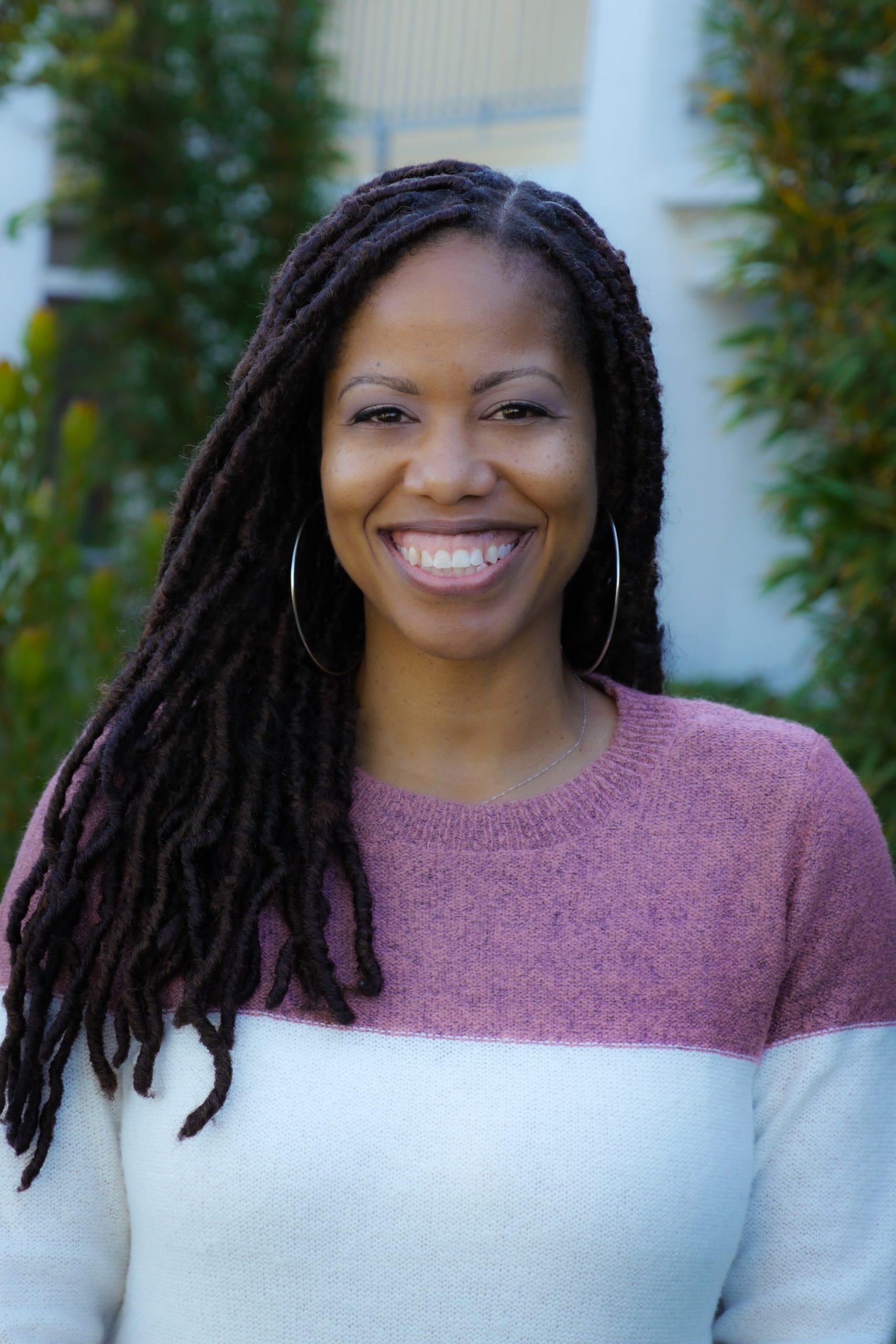EQUITY & IMPROVEMENT
Professional learning isn’t about hours
By Val Brown
Categories: Advocacy/policy, Collaboration, LeadershipAugust 2023
As a professional learning scholar and practitioner, I long for the day when a teacher doesn’t ask me, “How many credit hours do I get for attending this training?” Usually, the question comes from an educator who has not had the opportunity to consistently experience high-quality professional learning, which researchers have defined as a collaborative and active learning experience that is job-embedded, offers opportunities for feedback and reflection, and is sustained over time (Darling-Hammond et al., 2017; Learning Forward, 2022).

Despite my frustration at the question, I have empathy for the educators who ask it. I know what it’s like to feel perpetually short on time, not only as a classroom teacher, but as a facilitator, as I have often been asked to lead transformative professional learning in a fraction of the time I thought was necessary.
The challenge of overcoming time limitations to ensure high-quality professional learning is significant for all of us, regardless of our roles. The hard truth is that, even though there is ample research that substantiates the need for ongoing time for professional learning, we are often asked to function within less-than-optimal conditions for our collective success. As a result, it’s not surprising that when teachers walk in the door, they want to know how much credit they will earn for their time. If it’s unclear whether they will be granted enough time to learn, they will understandably focus on checking off compliance requirements.
How much time to dedicate to professional learning isn’t about a magical number of hours. It’s about identifying beliefs about professional learning and placing a high value on ongoing formal and informal learning opportunities.… Share on XThis is a cycle that’s not easy to disrupt. To do so, leaders need to make sure we’re focusing on the right goals and asking the right questions. Determining how much time to dedicate to professional learning isn’t about finding the magical number of hours. It’s about identifying our beliefs about professional learning and placing a high value on ongoing formal and informal learning opportunities for all educators.
The questions we should really be asking are these: Are we willing to invest in professional learning to make meaningful differences in our schools? Are we willing to invest time in building educators’ capacity to serve all students equitably? Are we willing to invest energy in cultivating a learning culture? Are we willing to invest resources to retain educators by supporting their professional growth?
Our answers aren’t just about professional learning. They are about how — and how effectively — we approach education’s enduring problems. We can’t solve the challenges facing our schools without addressing the initial preparation and ongoing development of the educator workforce. Brooks and Brooks (2021) remind us that, “Student learning in school happens with and through the daily work of teachers. There are no shortcuts; there is no teacher proofing of schools. Curious and imaginative teachers empowered to be master learners serve as powerful guides for curious, imaginative students” (p. 143). We need to rethink time to support curious and imaginative teachers to become even better versions of themselves and nurture even more curious and imaginative students.
''We need to rethink time to support curious and imaginative teachers to become even better versions of themselves and nurture even more curious and imaginative students.'' - Val Brown #lifelonglearner #edutwitter #TheLearningPro Share on XNow is a great time to think differently about how we use time. My colleagues and I at the Carnegie Foundation for the Advancement of Teaching are reimagining an educational landscape that is not bound by restrictions placed on educators and students because of the Carnegie Unit. The concept of the unit was developed in 1906 as a measure of the amount of time a student has studied a subject, and it has been used since then to determine how many credits students earn toward graduation. Much has changed since 1906, and in concert with others in the field, the Carnegie Foundation understands that learning in today’s world is not simply a function of students’ seat time in a classroom. As a corollary, teachers’ growth is not simply a function of the hours clocked in a professional learning session.
This is an important shift, and one that doesn’t necessarily happen quickly or easily. As a field, we haven’t made this shift in professional learning at scale yet. But we do have innovative models of professional learning not based on seat time, many of which Learning Forward has espoused for decades, that we need to continue to practice and spread. They include instructional coaching, professional learning communities, and teacher action research, all of which center relationship building, collaboration, inquiry, and direct connections to the daily work of educators. Learning the methods of each model requires skill development, time, and flexible scheduling, but research continues to demonstrate the effectiveness of making those investments (Blazar, 2020; Nelson et al., 2008).
Here are questions every systems leader can ask to begin to separate professional learning from the traditional notions of time:
- How is professional learning defined and measured in this system?
- How is current professional learning rooted in relationships and inquiry?
- What evidence is needed to demonstrate teacher learning?
Answering these questions and making changes doesn’t have to take generations. We collectively determine the pace of change, and we can start right now. The good news is that we don’t have to finish the journey today. What is required of us today is to take one step away from the status quo and toward changes that rebuild the professional learning system to ensure our school communities become learning organizations for students and educators.
References
Blazar, D. (2020). Teacher coaching to improve instruction at scale: Opportunities and challenges in policy contexts. Teachers College Record, 122(10), 1-9.
Brooks, J.G. & Brooks, M.G. (2021). Schools reimagined: Unifying the science of learning with the art of teaching. Teachers College Press.
Darling-Hammond, L., Hyler, M.E., & Gardner, M. (2017). Effective teacher professional development. Learning Policy Institute.
Learning Forward. (2022). Standards for Professional Learning. Author.
Nelson, T.H., Slavit, D., Perkins, M., & Hathorn, T. (2008). A culture of collaborative inquiry: Learning to develop and support professional learning communities. Teachers College Record, 110(6), 1269-1303.

Val Brown (vbrown@carnegiefoundation.org) is director, future of learning at the Carnegie Foundation for the Advancement of Teaching.
Categories: Advocacy/policy, Collaboration, Leadership
Recent Issues
LEARNING DESIGNS
February 2025
How we learn influences what we learn. This issue shares essential...
BUILDING BRIDGES
December 2024
Students benefit when educators bridge the continuum of professional...
CURRICULUM-BASED PROFESSIONAL LEARNING
October 2024
High-quality curriculum requires skilled educators to put it into...
LEARNING TO PIVOT
August 2024
Sometimes new information and situations call for major change. This issue...












